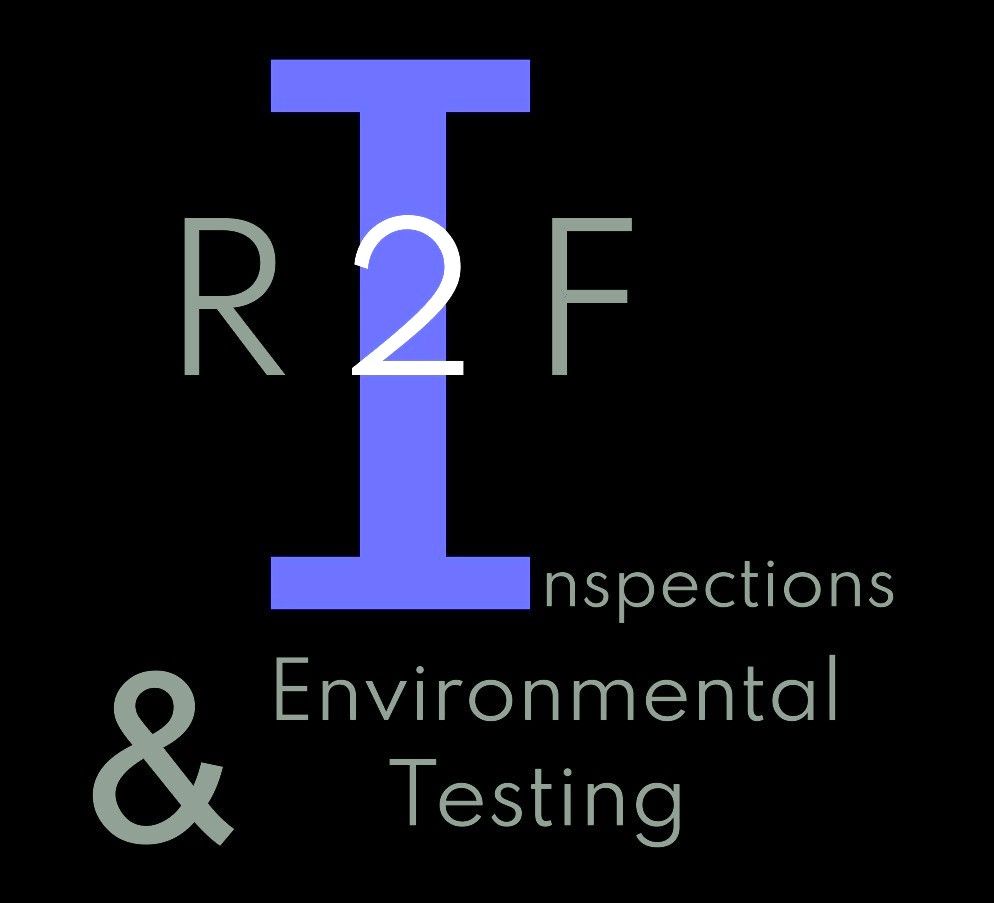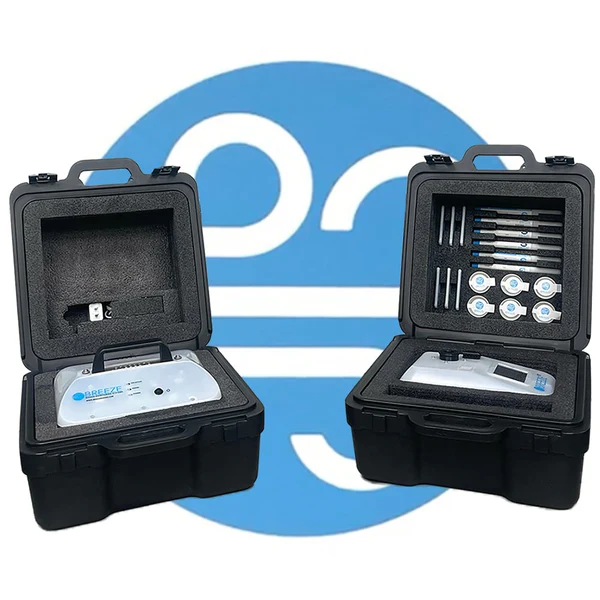What is Radon and Why is it Dangerous?
Radon is a colorless, odorless, and tasteless radioactive gas that forms naturally from the decay of uranium in soil, rock, and water. It can seep into homes through cracks in floors, walls, and foundations, accumulating in dangerous levels without homeowners even realizing it.
According to the EPA (Environmental Protection Agency), radon exposure is the second leading cause of lung cancer in the United States, responsible for an estimated 21,000 deaths per year. Long-term exposure to high levels of radon significantly increases the risk of developing lung cancer, especially in smokers or those with pre-existing respiratory conditions.
Radon is present in every home, but some houses have much higher levels than others. The only way to determine if your home is safe is through professional radon testing.

How Does Radon Enter Your Home?
Radon gas naturally rises from the ground and can enter your home in several ways, including:
- Cracks in concrete floors and foundations
- Gaps around pipes, drains, and sump pits
- Construction joints and basement walls
- Well water used for drinking and household use
Because radon comes from the earth, levels can vary from house to house—even among homes in the same neighborhood. That’s why professional testing is the only way to know if your home is safe.
How is Radon Testing Performed?
There are two primary types of radon testing: short-term tests and long-term tests.
1. Short-Term Radon Testing
- Short-term tests measure radon levels over 2 to 7 days using devices such as:
- Activated charcoal canisters – Absorb radon and are later analyzed in a lab.
- Continuous radon monitors (CRMs) – Provide real-time data and require professional setup.
- Short-term tests provide quick results but may not reflect long-term radon exposure levels.
2. Long-Term Radon Testing
Long-term radon tests last 90 days to one year and provide a more accurate reading of seasonal variations. These tests use:
- Alpha track detectors – Small devices that track radon levels over time.
- Continuous radon monitoring systems – Offer detailed reporting over several months.
- For the most reliable assessment, long-term testing is recommended, especially if a short-term test shows fluctuating radon levels.
What Happens if Your Home Has High Radon Levels?
If your radon test reveals levels above 4.0 pCi/L (picocuries per liter), the EPA strongly recommends taking action. High radon levels can be mitigated through professional radon reduction systems, such as:
- Active Soil Depressurization (ASD) – The most effective method, using a vent pipe and fan system to remove radon from beneath your home.
- Sealing Cracks & Openings – Helps reduce radon entry but is not a standalone solution.
- Improved Ventilation – Increasing airflow and using air exchangers can lower radon levels in some cases.
- Radon mitigation is highly effective, reducing radon concentrations by up to 99% in many homes.
Schedule Your Radon Test Today!
Radon is a silent threat, but testing is quick, easy, and affordable. Whether you're a current or new homeowner or home buyer, testing for radon is an essential step in ensuring a safe and healthy indoor environment.
Don’t wait until it’s too late—schedule a professional radon test in Indianapolis, IN today and protect your family from this hidden danger!
📞 Contact us now to book your radon test!

